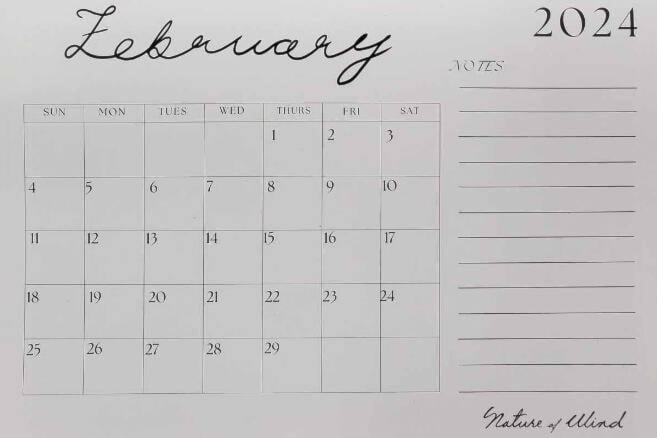UK Court Convicts Two Men in Deadly IS-Inspired Plot Against Jewish Community
mar Hussein (left) and Walid Saadaoui (right) have been found guilty of preparing acts of terrorism. Bilel Saadaoui (centre) was found guilty of failing to disclose information about acts of terrorism. Two men have been found guilty of preparing acts of terrorism in a plot to massacre hundreds of Jews in northwest England. Walid Saadaoui, 38, and Amar Hussein, 52 , were convicted at Preston Crown Court after investigators uncovered their plan to smuggle automatic weapons and ammunition into the UK. Authorities revealed that the men intended to launch a gun rampage targeting mass gatherings of Jewish people. Saadaoui had arranged for four AK-47 rifles, two pistols, and 900 rounds of ammunition to be imported, believing he was working with a fellow extremist. In reality, he was communicating with an undercover operative known as “Farouk,” who exposed the plot. Police described the scheme as potentially “ one of, if not the, deadliest terrorist attacks in UK history .” The convi...




Comments
Post a Comment